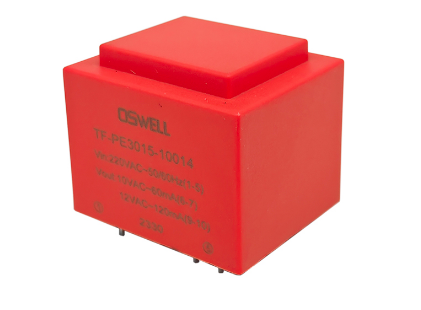Power frequency transformers
Power frequency transformers (PFTs) are critical components in electrical power systems, providing voltage regulation, step-up or step-down functionality, and isolation between different voltage levels. These transformers are widely used in various fields:

1. Power Generation: PFTs play a vital role in power generation facilities, where they are used to step up the generated voltage to high transmission voltages for efficient long-distance power transmission.
2. Transmission and Distribution: PFTs are used in substations to step down the high transmission voltages to lower distribution voltages suitable for industrial, commercial, and residential applications. They provide the necessary voltage transformation to maintain a stable and reliable electricity supply.
3. Industrial Applications: PFTs are employed in various industrial settings to adapt voltage levels for different equipment and machinery. They are commonly used in manufacturing plants, refineries, and other industrial facilities to ensure that equipment operates at the required voltage levels.
4. Renewable Energy: With the growing integration of renewable energy sources like wind and solar power, PFTs are essential for stepping up the voltage from these sources to the transmission level, enabling the seamless integration of renewable energy into the grid.
5. Railways and Utilities: PFTs are used in railway systems for powering trains and other railway infrastructure. They are also crucial in utility applications such as voltage regulation and distribution in electrical utility grids.
6. Oil and Gas: PFTs are utilized in the oil and gas industry for various applications, including voltage transformation for equipment and machinery used in exploration, production, and refining processes.
Technical Description of Power Frequency Transformers:
Power frequency transformers are electromagnetic devices that transfer electrical energy between two or more circuits through electromagnetic induction. They are designed to operate at the standard power system frequency, typically 50 or 60 Hz, and are available in a wide range of power ratings to meet different application requirements.
The main components of a power frequency transformer include the core, windings, and insulating materials. The core is typically made of laminated steel to minimize eddy current losses and hysteresis losses. The windings consist of coils of conductors that are wound around the core to provide the necessary voltage transformation. Insulating materials are used to insulate the conductors and windings, ensuring electrical isolation and preventing short circuits.
PFTs are classified into different types based on their application and construction, including distribution transformers, power transformers, and special purpose transformers. Distribution transformers are designed for lower voltage applications, typically up to 33 kV, and are commonly used for supplying power to residential and small commercial applications. Power transformers are used for higher voltage applications, often in the transmission and generation sectors.
The performance of power frequency transformers is characterized by parameters such as voltage ratio, power rating, impedance, and efficiency. The voltage ratio determines the transformation ratio between the primary and secondary windings, while the impedance reflects the ability of the transformer to withstand short-circuit conditions. Efficiency is a crucial parameter that indicates the ability of the transformer to transfer electrical energy with minimal losses.
In conclusion, power frequency transformers are essential components in electrical power systems, serving a wide range of applications in power generation, transmission, distribution, industrial settings, and other sectors. Understanding the technical aspects of PFTs is vital for ensuring the reliable and efficient operation of electrical power systems across various industries and applications.




